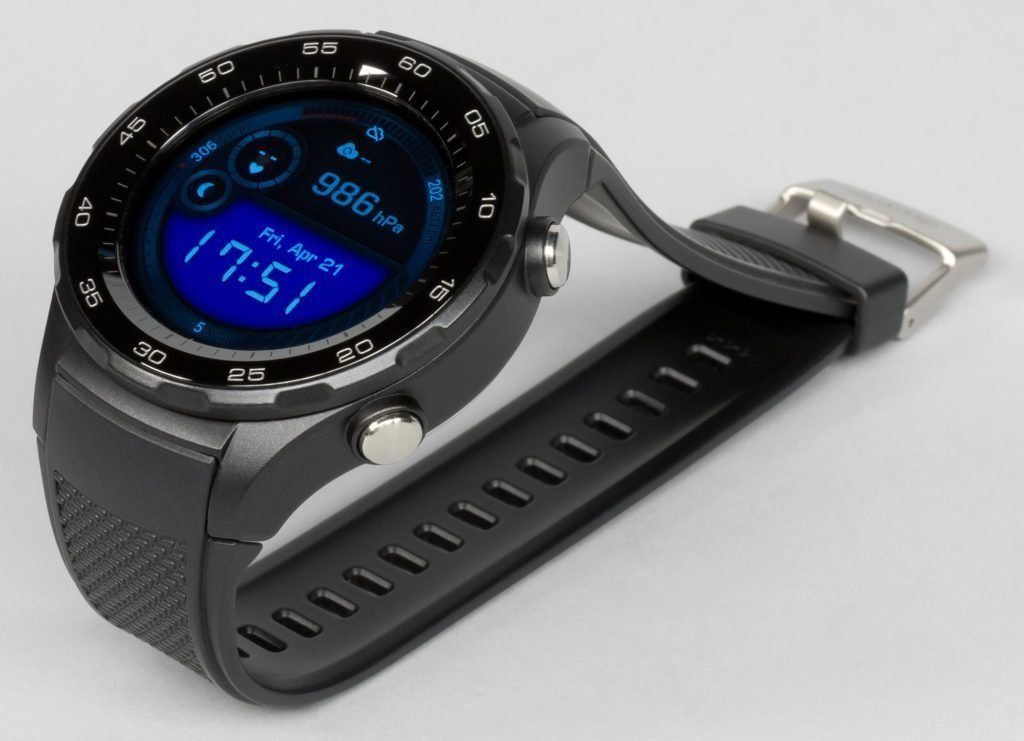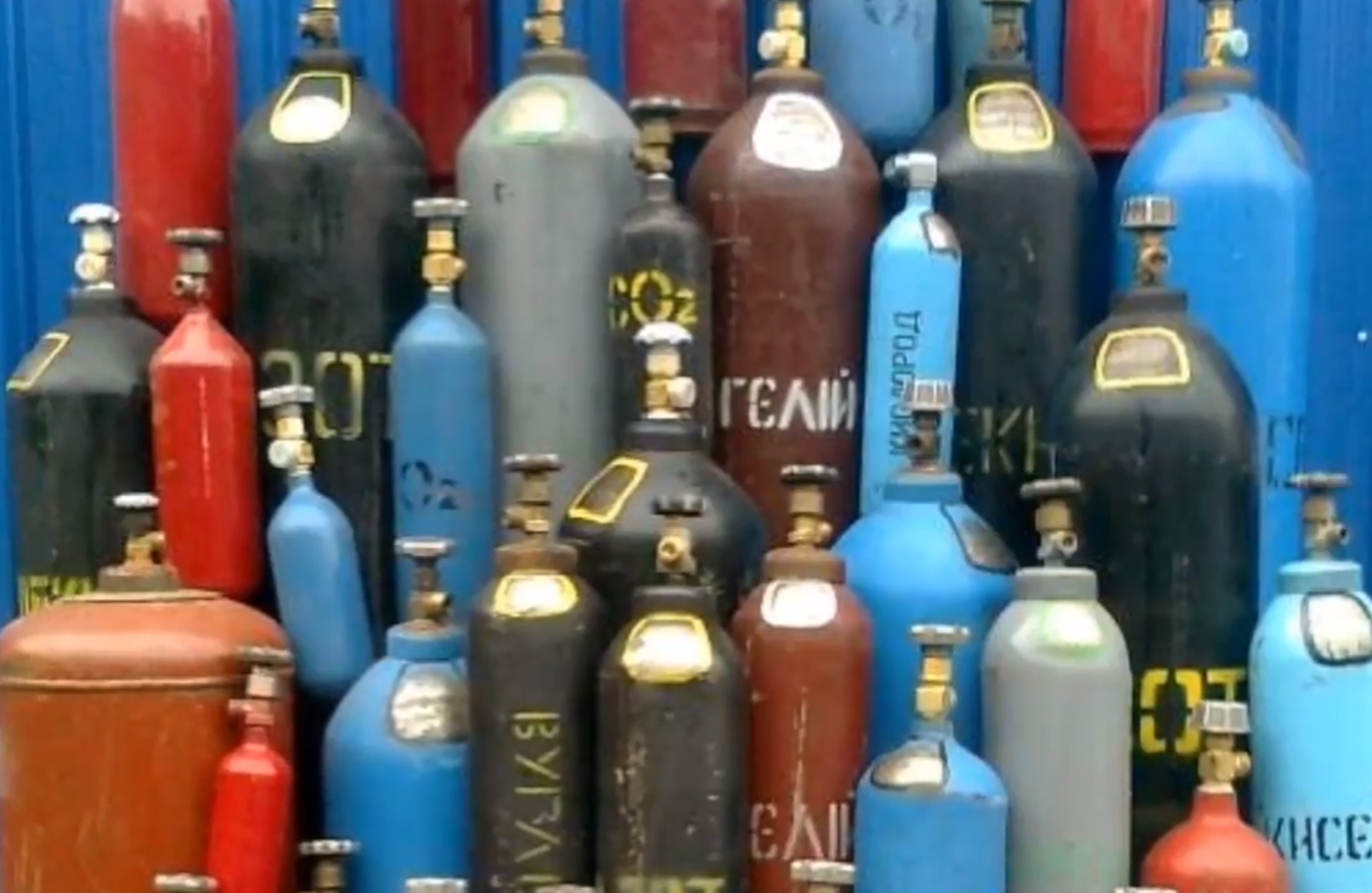Rating of the best solar panels in 2020
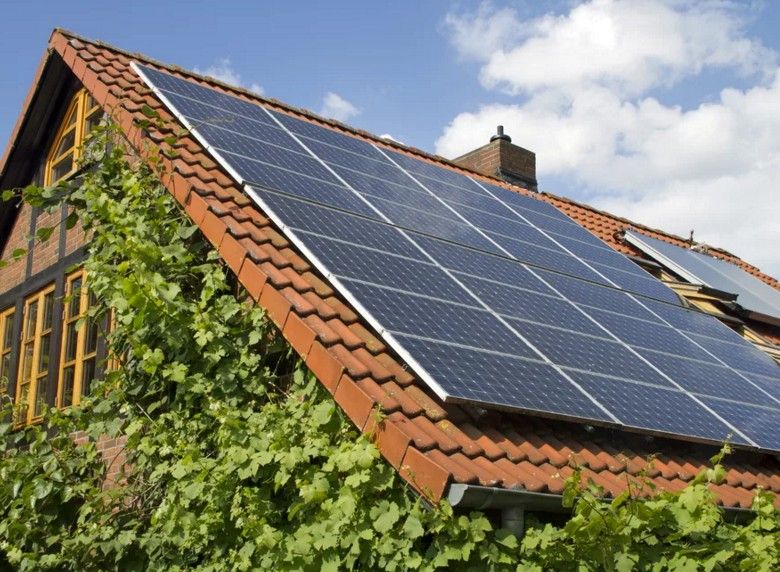
The sun is an inexhaustible source of clean energy. For a long time, mankind perceived the sun as a source of heat and light, without thinking about its fuller use for its own purposes. With the development of new technologies, it became possible not only to use the sun's energy more fully, but also to accumulate it. Initially, the use of solar energy technologies was limited by the high cost of components and low productivity. Now, with the increase in the efficiency of solar systems and their gradual cost reduction, it has become possible to use this energy source for household purposes on an individual basis.
Everyone who wishes, having weighed all the pros and cons, can switch to the use of ecologically clean energy of the Sun and stop depending on the centralized power supply network. This is especially true when the country house is located far from power lines. In addition, solar systems can be used as an additional (backup) energy source, protecting yourself from power outages.
Panels differ in production technology, quality, method of use, and many other parameters. Let's try to understand this variety of proposed solar modules and highlight the best of them.
Types of solar panels
A solar panel is a combination of photovoltaic cells that convert the sun's energy into electric current.
According to the technology for the production of solar cells, all solar panels are divided into two large groups: silicon and film. Their types and features will be discussed in the table below.
| Group | A type | Features: | Efficiency,% |
|---|---|---|---|
| Silicon | Monocrystalline (mono-Si) | They are one silicon crystal. They are square with rounded corners. Color gray or black to blue (with antireflection coating). Best converts direct solar radiation. Most expensive. | from 15 to 22 |
| Silicon | Polycrystalline (poly-Si) | A block of silicon crystals connected to each other. They are square. Silver gray or blue (with antireflection coating). The absorption capacity of direct solar radiation is worse. Best used to generate energy from scattered radiation. Cheaper than single crystals. | 12 to 18 |
| Silicon, film | Amorphous | They occupy an intermediate position, because made of silicon, but in the form of a film. They are the deposition of a silicon semiconductor on a base. Convenient to use. Within six months or a year, they burn out in the sun, and therefore, their power decreases. | from 5 to 6 |
| Film | Based on cadmium telluride | They look like a film that is applied to glass. Mirror dark green or black. Most often used in space and in Earth orbit. Toxic: they release harmful cadmium. Difficult disposal. | from 10 to 12 |
| Film | Based on CIGS (copper indium selenide) | They have the form of a film in which copper-indium selenide is used as a semiconductor. Color from dark gray to black. Corroded. | from 15 to 20 |
| Film | Polymer | They look like a very thin film. Cheap in production, do not emit harmful substances. | from 5 to 6 |
Now, focusing on the types of solar panels, we will consider in which areas of human life each of them is used.
Scope of solar panels
Stationary panels
Solar panels can be used both in stationary conditions and be portable.
Fixed modules are used in the following areas:
- at solar power plants;
- in autonomous, standby or hybrid power plants for a home or summer cottage;
- for space heating and water heating (solar collector);
- in autonomous street lighting systems;
- to power billboards;
- in navigation and alarm systems;
- in pumping stations, etc.
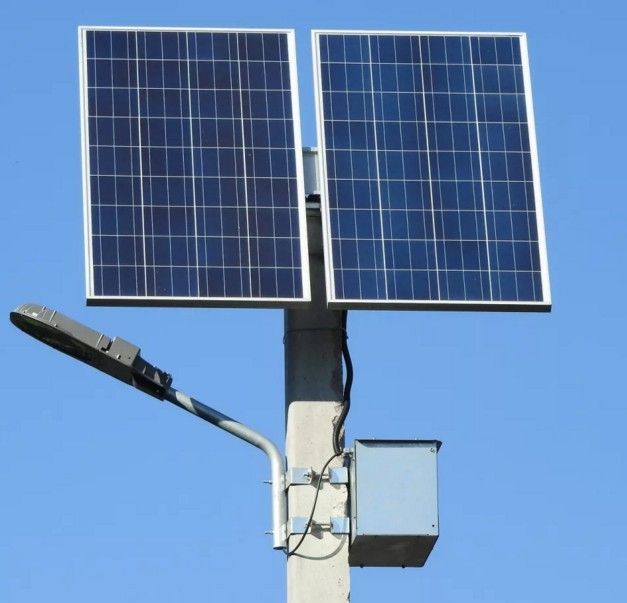
Considering stationary solar power plants, let us dwell in more detail on those that are used to supply power to the house. To provide a home with electricity using the energy of the Sun, you will need the following components:
- solar modules;
- battery (to accumulate unused energy);
- voltage controller (increases battery life, but is not required for installation);
- inverter (converts the direct current of the battery into the required alternating current for electrical appliances).
Home solar power plants in relation to centralized power supply can be:
- autonomous.
Autonomous, i.e. independent of other power sources, solar power plants are used where it is impossible for certain reasons (considerable remoteness from settlements) to connect to the general power grid. Their use is advisable in the southern regions, where daylight hours are longer and there are a large number of clear days. In any case, it is desirable to duplicate it with a generator running on combustible fuel. The main advantages of an autonomous station are its environmental friendliness, noiselessness, and minimal maintenance during operation. Minus - at night or on cloudy days, electricity will not be generated. In addition, for their work, the above-named components are needed, which make the autonomous system quite expensive.
- backup.
Reserve, or network, power plants are installed where there is a connection to the central electric network. It is used as an additional source of electricity. The backup solar power plant starts its work in the event of a power outage from the network. Advantages - noiselessness, reliability, the ability to mount on the roof or facade of a building. Another plus is the lack of a battery, controller and inverter, which significantly reduces the cost of the system.
- hybrid.
In fact, it is an autonomous station connected to the electrical network. The energy received from the Sun is used in the first place; in case of its shortage, electricity is supplied from the centralized power supply. Allows you to significantly save on payments for consumed electricity.
Mobile modules
Mobile devices for converting solar energy into electric current can be used:
- for charging mobile phones and other mobile devices;
- for powering radios during hiking, fishing;
- for powering navigation systems during expeditions;
- for lighting in the dark during hikes.

Portable batteries have become an indispensable accessory for out-of-town travel enthusiasts and tourists traveling in wild places where there is no electricity. Since modern life, even on a desert island or in the mountains, is impossible without various gadgets, they are recharged from chargers that convert solar energy. Portable solar cells are most often produced on the basis of monocrystalline silicon. They differ in size, shape, power. Compact batteries with low power can fit in a pocket, while large and powerful batteries can be installed on the roof of a car. In addition, they are equipped with all kinds of adapters for connecting various equipment.
What to look for when choosing solar panels
Due to the fact that the use of solar energy for domestic purposes has not yet become commonplace, and the choice of solar panels causes certain difficulties, we offer a list of the most important parameters. So, when buying such a module, you should pay attention to the following points:
- manufacturer.
It is important to pay attention to how long a given manufacturer has been on the market for this product, and what is its production volume. The longer a manufacturer has been in the industry, the more you can trust him.
- area of use.
For what purposes the received energy will be used: for charging small equipment, for power supply of large electrical appliances, for lighting or for a full power supply of the house. The choice of the output voltage and power of the panels depends on the purpose for which the solar module is purchased.
- voltage.
For small electrical appliances, 9 V is enough, for charging smartphones and laptops - 12-19 V, and for providing the entire power system at home - 24 V or more.
- power.
This parameter is calculated on the basis of the average daily energy consumption (the sum of the energy consumed by all equipment per day). The power of solar panels should cover consumption with some margin.
- quality of photovoltaic cells.
There are 4 quality categories of photovoltaic cells that make up a solar panel: Grad A, Grad B, Grad C, Grad D. Naturally, the first category is best - Grad A. Modules of this quality category do not have chips and microcracks, are uniform in color and structure, have the highest efficiency and are practically not subject to degradation.
- life time.
The lifespan of solar panels ranges from 10 to 20 years. Of course, the duration of the full operation of such a power system depends on the quality of the batteries and the correctness of their installation.
- additional technical parameters.
The most important are efficiency, tolerance (power tolerance), temperature coefficient (influence of temperature on battery performance).
Having understood the main technical characteristics, we offer you a ranking of the best solar panels in 2020.
Best solar panels
Delta SM 150-12 P

Polycrystalline battery with a nominal power of 150 W and a voltage of 12 V, consisting of 36 photocells. In its manufacture, elements of the first quality category (Grade A) were used. The panel is focused on collecting dissipated solar energy during cloudy weather and cold seasons. The operating temperature of the module is in the range from -40 to + 85 ° С. Normal operating temperature without power loss + 47 ° С. The power temperature coefficient is -0.45%. Photoelectric conversion efficiency (COP) 17.12%. The warranty period is 10 years. Manufacturer - China.
Price from 5950 rubles.
- high performance even in overcast clouds;
- tempered glass with high transparency;
- durable aluminum profile and rigid construction protects the panel from deformation.
- decrease in power with increasing temperature.
Exmork FSM-100P
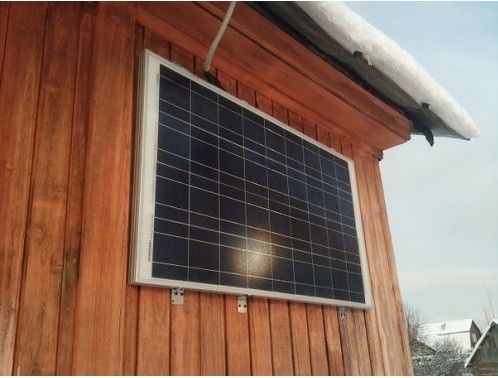
Polycrystalline silicon module of 36 cells with a nominal voltage of 12 V and a rated power of 100 W. Quality class - Grade A. Operating temperature range from -40 to + 80 ° С. Normal operating temperature + 45 ° C. The efficiency of the photovoltaic cell is within 17.3%. The panels are guaranteed for 10 years. Battery manufacturer - China.
Price: from 4000 rubles.
- light transmission of glass 97%;
- tempered glass can withstand even large hail;
- withstands wind at a speed of 60 m / s;
- service life declared by the manufacturer is at least 30 years.
- not found.
TOPRAY 100 Watt 12V
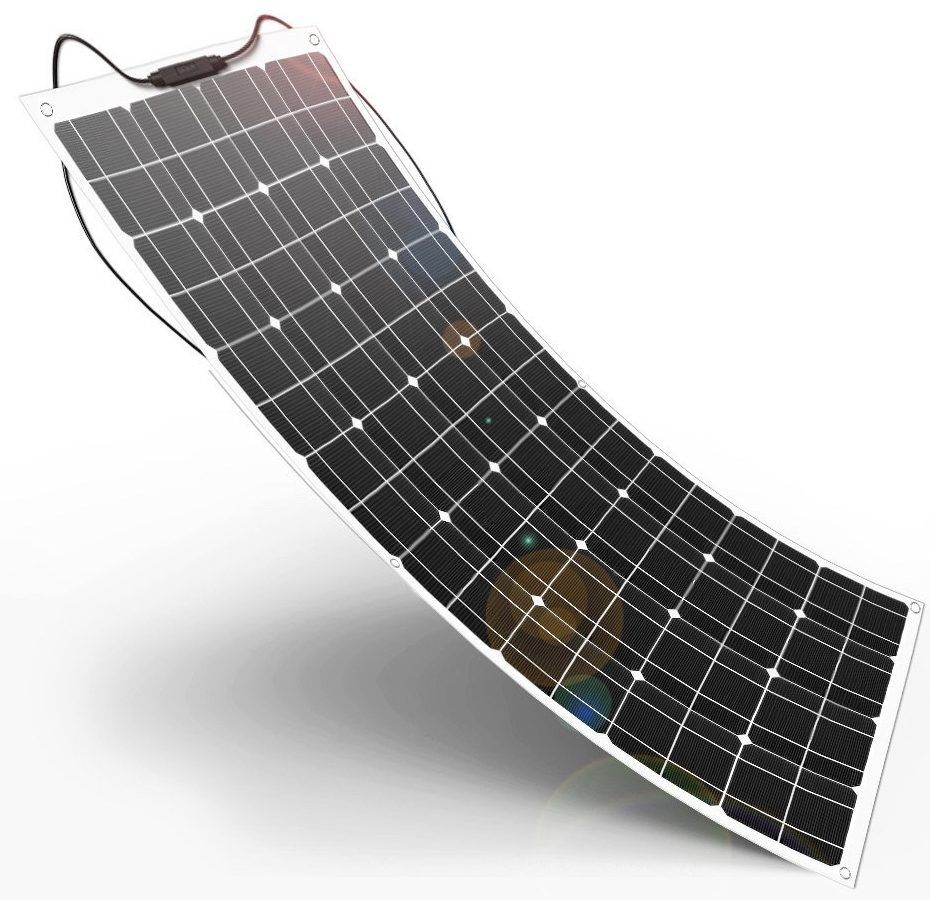
Monocrystalline silicon flexible solar panel. Voltage 12 V, power 100 W. The battery consists of 32 cells. The photovoltaic cells are of Grade A quality. Their conversion efficiency can reach over 20%. Temperature conditions of work from -40 to + 85 ° С. The service life, if used correctly, reaches 20 years. Manufacturer - China.
Price: from 9960 rubles.
- thin and light;
- effectively converts direct radiation from the sun;
- works effectively in the cold.
- only applicable for direct radiation.
Feron PS0303 150W
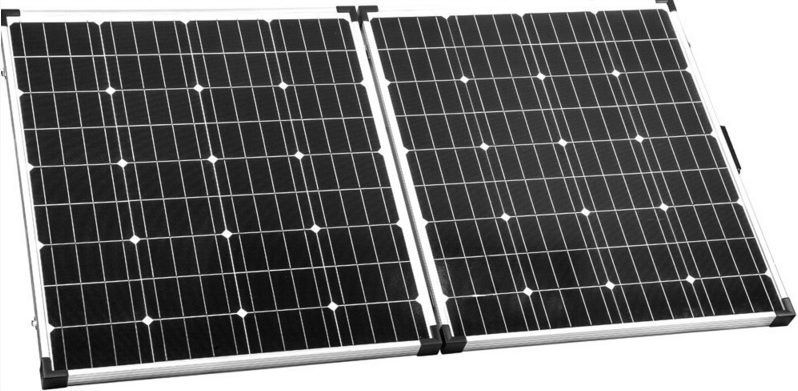
Portable panel with a maximum power of 150 W and an output voltage of 17.6 V. Designed to power electrical appliances designed for a voltage of 12-14 V, as well as to charge car batteries. Working temperature from -40 to + 85 ° С. Warranty period of operation: 3 years. Made in China.
The cost is 18,700 rubles.
- foldable model, convenient for transportation;
- PWM controller is equipped with LED indication of the charge level of the connected load;
- the battery is protected from overcharge, overdischarge and overload;
- carry bag included;
- charging of mobile devices via USB is possible.
- short warranty period.
Delta SM 200-12 P
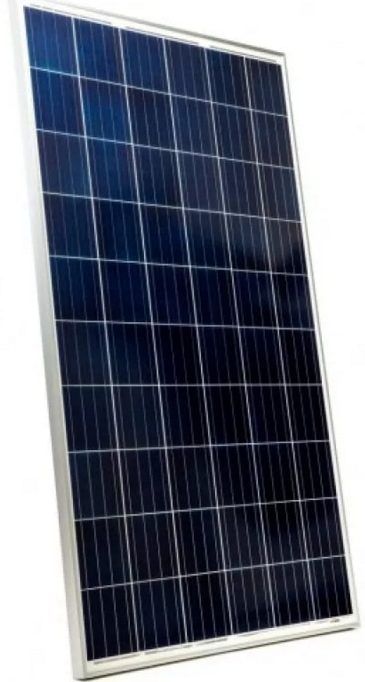
Solar panel made of polycrystalline silicon with a power of 200 W and a voltage of 12 V. Silicon cells belong to the A quality category. The photovoltaic module includes 72 cells. The operating temperature is in the range from -40 to + 85 ° C. The most optimal temperature for operation without power loss is + 47 ° С. The efficiency of the photoelectric conversion of the cell is 17.4%, of the entire module - 15.5%. The warranty period is 10 years. Manufacturer - China.
Cost: from 8800 rubles.
- power loss over 10 years no more than 10%;
- durable tempered glass 3.2 mm thick;
- efficiently converts dissipated solar energy.
- not found.
SOLAR.BATTERY 30W
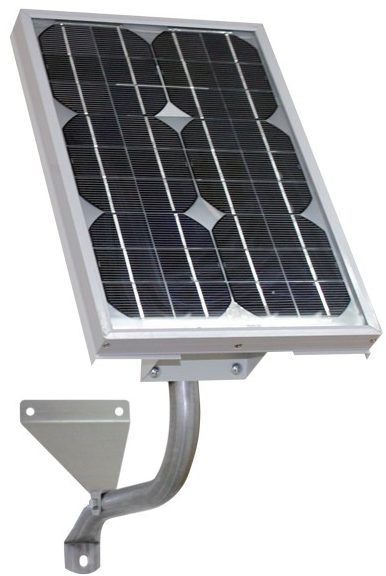
Solar panel with a mount with a power of 30 W and a voltage of 12 V. Operating temperature from -40 to + 50 ° C. Designed for use as a backup power source. Warranty: 1.5 years. Service life - 10 years. Manufacturer: "Bastion" - Russia.
Cost: from 7600 rubles.
- a swivel bracket allows the panel to be rotated following the movement of the sun;
- can be used at 100% humidity;
- the manufacturer does not indicate the type of photocell.
BioLite SolarPanel 5

5W monocrystalline solar panel. Has two outputs: USB and micro USB. Manufacturer - USA, assembled in China.
Price: from 5690 rubles.
- the stand allows you to install the battery on various surfaces;
- built-in sundial helps to adjust the optimal angle of inclination of the panel;
- there is an indicator showing the strength of the charge.
- not found.
Feron PS0401
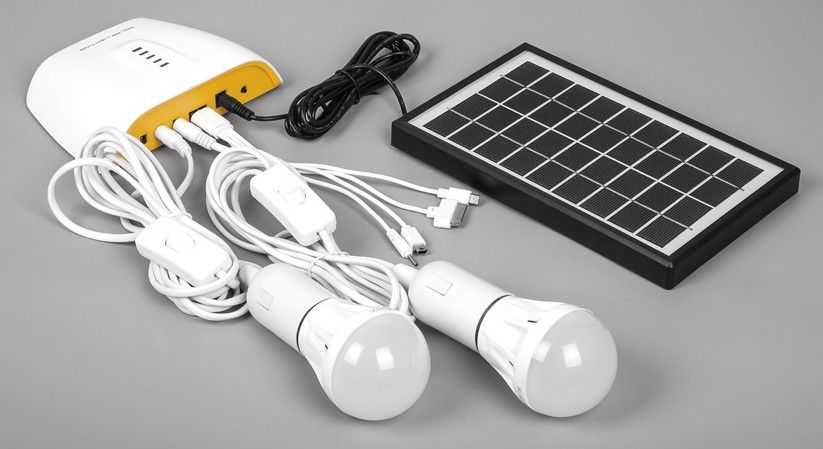
Portable rechargeable solar panel with lithium-ion battery. Working temperature +10 - + 45 ° С. The rated voltage of the module is 9 V, the power is 3 W. Manufacturer - China.
Cost from 2900 rubles.
- the set includes 2 bulbs, a power supply and various cables required for charging mobile devices;
- compact, convenient to take on a hike or fishing;
- narrow operating temperature range.
NESL AM-SF7

Mobile compact foldable solar system. Consists of a foldable panel and a powerbank.The solar panels are sewn into a cover made of dense synthetic fabric. The panel has a USB output that can be used to charge small mobile devices or to connect a storage device. Temperature range of use is from -20 to + 50 ° С. The solar energy conversion efficiency is over 17%. The service life can be up to 20 years. Manufacturer - China.
Price from 3990 rubles.
- storage capacity 6000 mAh;
- the set includes a cord for phones with different connectors;
- ideal for relaxing in places without energy sources.
- The powerbank cannot be solar charged and power any device at the same time.
Solar Pack SW-H05
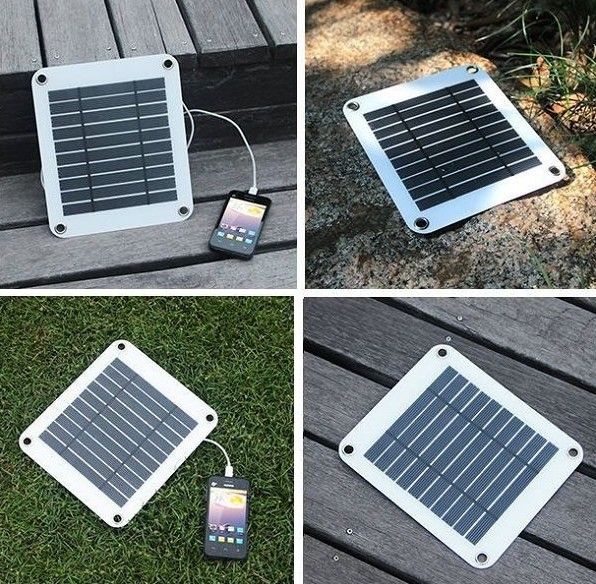
This model is a portable charger. This solar panel, according to the manufacturer, has a high performance and an efficiency of 18.5%. USB 5 output allows you to charge a variety of phones, videos and cameras, iPhone, iPod, and more.
Cost: from 1300 rubles.
- compact;
- stylish;
- convenient for outdoor recreation.
- there is very little information on the web about this product.
TOPRAY Solar TPS-102-15

Portable solar cell based on thin film technology. Photovoltaic cells absorb the sun's energy not only from direct rays, but also from scattered radiation in cloudy weather. The battery is enclosed in a sturdy aluminum case, and the outside is covered with double impact-resistant glass. This model is focused on charging batteries (12 V), as well as powering household electrical appliances. Manufacturer: China.
Price: from 4680 rubles.
- minimum power losses during heating;
- included battery clips, adapters.
- not found.
Comparison of the technical characteristics of the considered models
| Model | Rated voltage, V | Rated power, W | Efficiency | Dimensions, mm | Weight, kg |
|---|---|---|---|---|---|
| Delta SM 150-12 P | 12 | 150 | 17,12 | 1485x668x35 | 11,6 |
| Exmork FSM-100P | 12 | 100 | 17,3 | 1000x670x35 | 8,8 |
| TOPRAY 100 Watt 12V | 12 | 100 | 20 | 1100x570x2.5 | 2,2 |
| Feron PS0303 150W | 17,6 | 150 | 17 | 1340х780х35, folded 664х758х75 | 15,1 |
| Delta SM 200-12 P | 12 | 200 | 15,5 | 1330x990x35 | 16,4 |
| SOLAR.BATTERY 30W | 12 | 30 | 540x430x150 | 5,6 | |
| BioLite SolarPanel 5 | 5 | 257x208x24 | 0,34 | ||
| Feron PS0401 | 9 | 3 | 220x135x17 | 0,9 | |
| NESL AM-SF7 | 5 | 7 | 17 | 250x480, folded 25x17x1 | 0,44 |
| Solar Pack SW-H05 | 5 | 5 | 18,5 | 227x196x10 | 0,12 |
| TOPRAY Solar TPS-102-15 | 12 | 15 | 970х340х20 | 5,5 |
Conclusion
The sun is not only a source of light and heat, but also a source of inexhaustible energy. If earlier the alternative energy of the Sun was used most of all in the space and industrial sectors, now it has rapidly entered the domestic sphere. Solar water heaters, photovoltaic lighting fixtures, photovoltaic gadget chargers are all real examples of how the sun is used in everyday life.
If initially the advantages of using solar energy were attributed only to its environmental friendliness and inexhaustibility, now the list of advantages has expanded. So, the advantages of solar energy and its use:
- independence from third-party power systems;
- the constancy of the supply of electric current (no voltage surges);
- long service life (20-30 years depending on quality);
- independence from the season of the year (polycrystalline panels catch scattered radiation even in rainy weather);
- minimum service (cleaning the front of the panel from dust).
An item such as efficiency is difficult to attribute specifically to pluses or minuses. The fact is that the full provision of a country house with electricity due to the installation of solar panels requires a one-time large investment (this can, in a sense, be a minus). But in the long run, all costs are more than paid off (this is a plus). It is important to calculate everything correctly in advance and find the best option for a specific situation.
The only significant drawback to solar power systems is that they don't work at night. This requires the installation of energy storage devices. We hope our tips and best solar panels reviewed will help you get started using the green energy of the sun.
new entries
Categories
Useful
Popular articles
-

Top rating of the best and inexpensive scooters up to 50 cubic meters in 2020
Views: 97661 -

Rating of the best materials for noise insulation for an apartment in 2020
Views: 95021 -

Rating of cheap analogues of expensive medicines for flu and colds for 2020
Views: 91750 -

The best men's running shoes in 2020
Views: 87680 -

Top ranking of the best smartwatches 2020 - price-quality
Views: 85091 -

Best Complex Vitamins in 2020
Views: 84801 -

The best dye for gray hair - 2020 top ranking
Views: 82406 -

Rating of the best wood paints for interior use in 2020
Views: 77201 -

Ranking of the best action cameras from China in 2020
Views: 75268 -

Rating of the best spinning reels in 2020
Views: 74827 -

The most effective calcium supplements for adults and children in 2020
Views: 72462 -

Top rating of the best in 2020 means for male potency with a description
Views: 68295
